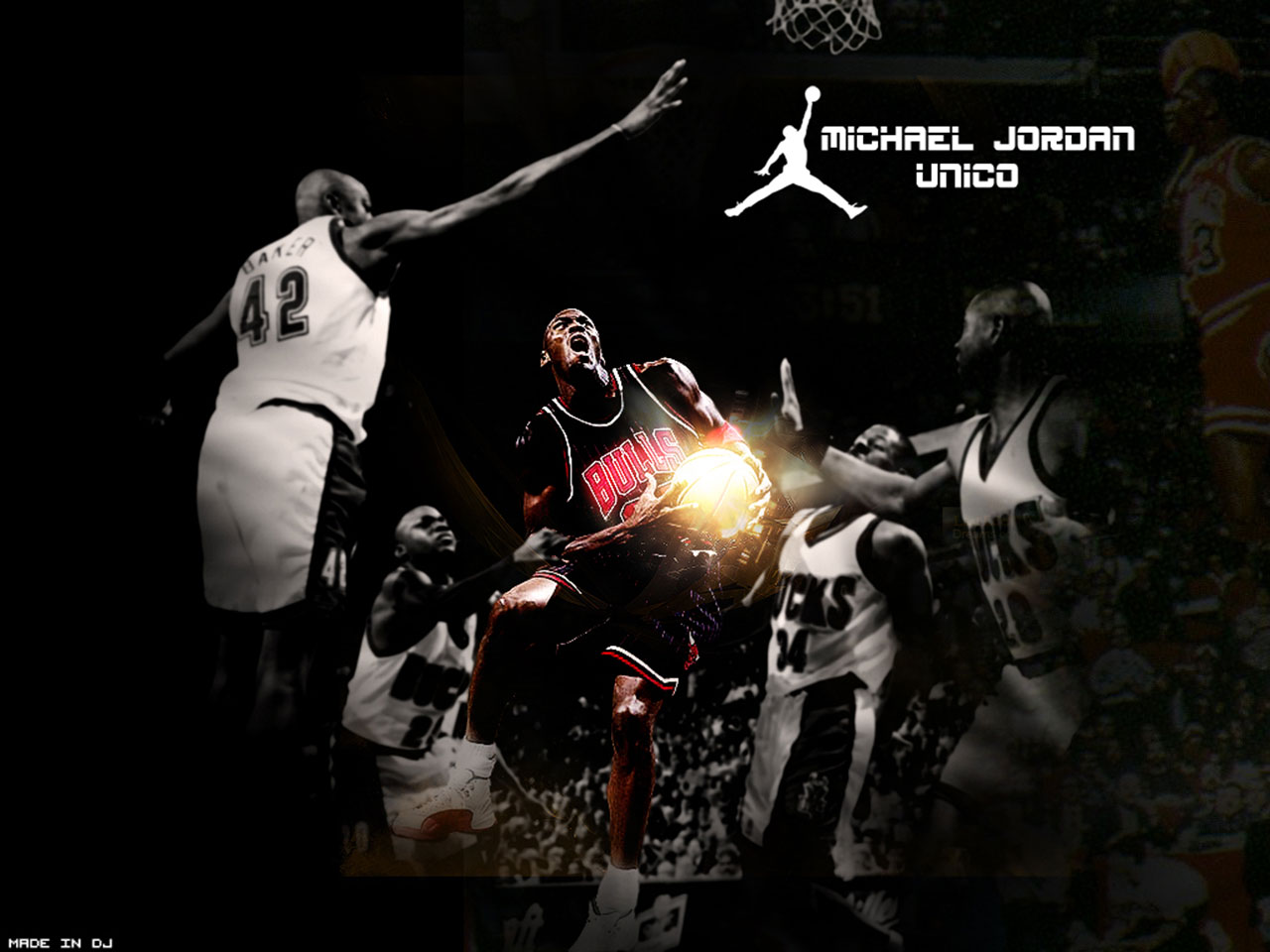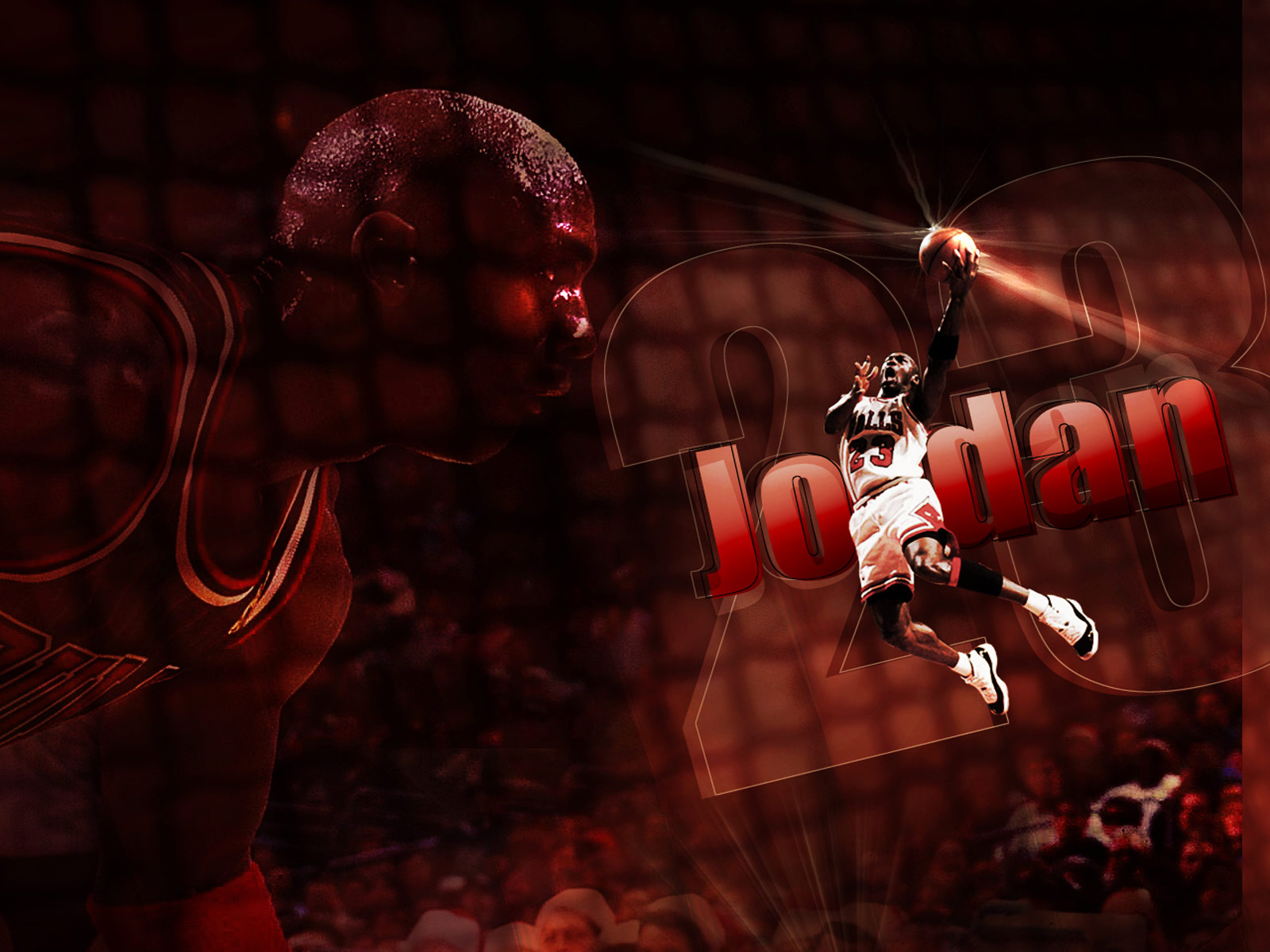Friday, July 29, 2011
MICHAEL JORDAN WALLPAPERS
At the beginning of the 1992–93 NHL season, Upper Deck made Patrick Roy a spokesperson. Roy was an ideal choice as he was a hockey card collector, and his collection amounted to over 150,000 cards. An ad campaign was launched and it had an adverse effect on Patrick Roy's season. Upper Deck had a slogan called "Trade Roy", and it was posted on billboards throughout the city of Montreal. A Journal de Montreal poll, published on January 13, 1993, indicated that 57% of fans favoured trading Patrick Roy. Before the trading deadline, Canadiens General Manager Serge Savard insisted that he would consider a trade for Roy. The Canadiens ended the season by winning only 8 of their last 19 games. After Upper Deck introduced its premium baseball series, other companies followed with improved photography, better design and higher-quality paper stock. The sports card market grew from $50 million in 1980 when Topps's monopoly was broken by Fleer, to a $1.5 billion industry in 1992. Hall of Famer Reggie Jackson, served as an adviser in the early 1990s. On March 20, 1990, The Upper Deck Company was granted licenses by the National Hockey League and National Hockey League Players Association to produce hockey cards. The company also obtained licenses from the National Football League and the National Basketball Association in 1990, making the Upper Deck Company the first trading card company in 10 years to be licensed by all four leagues. Upper Deck established itself so quickly that it rivaled Topps, which had been considered the standard, and other companies such as Fleer, Donruss and Score. By 1991, the company built a 250,000-square-foot (23,000 m2) plant of brown marble and black glass on a hilltop 30 miles (48 km) north of San Diego. Paul Sumner created the Upper Deck concept in 1987. He worked in printing sales and came up with the idea for a premium card. When he heard about card counterfeiting, he realized that he knew a way to protect cards. He had studied holograms in college and had used them in printing his company's brochures. He hired Robert Young Pelton to design and produce a prototype. Pelton designed and produced the cards for Upper Decks first three year rise. After it was discovered that Richard McWilliam was counterfeiting cards Pelton and Sumner had a falling out with accountant McWilliam who seized control of the company. Pelton's agencies, Pelton & Associates and Digital Artists, were replaced by Chiat/Day. Paul Sumner resigned with the understanding that he would be known as the "Co-Founder of Upper Deck", something that the company's owner and CEO, Richard McWilliam, recognizes to this day. The early years of Upper Deck and their dramatic crash after Pelton and Sumner left are captured in Pete William's book "Card Sharks: How Upper Deck Turned a Child's Hobby into a High-Stakes, Billion-Dollar Business" The 1990 set included the industry's first randomly inserted personally autographed and numbered cards of sports superstars. All Upper Deck brands bear an exclusive trademark hologram, and Upper Deck has been named "Card set of the Year" every year since 1989, ranked number one, and earned favorite brand status with card collectors. On December 23, 1988, Upper Deck was granted a license by Major League Baseball to produce baseball cards. The first case of Upper Deck Baseball Cards was delivered February 28, 1989, to George Moore of Tulsa's Baseball Card Store in Tulsa, Oklahoma. The Upper Deck Company sold out its baseball cards midway through this inaugural year, then pre-sold its entire 1990 baseball stock before the year began. The company also produces sports related items such as figurines and die-cast on top of having exclusive agreements to produce memorabilia (under the brand name Upper Deck Authenticated) with such sports superstars as; Michael Jordan, Tiger Woods, LeBron James, Kevin Garnett, Andrew Bynum, Albert Pujols, Grady Sizemore, Matt Kemp, James Loney, Sandy Koufax, and Ken Griffey Jr. Under the Upper Deck Entertainment name, the company also produced card games such as World of Warcraft. The Upper Deck Company, LLC (colloquially as Upper Deck and Upper Deck Authenticated, Ltd. in the UK), founded in 1988, is a private company primarily known for producing trading cards. Its headquarters are in Carlsbad, California.
Subscribe to:
Post Comments (Atom)








No comments:
Post a Comment